Crisis Identification
Crisis communication begins with analysing possible crises. With the help of scenario building techniques, various crisis situations are revealed and strategies and actions to prevent and deal with them are developed (see the article on Scenario Planning – a glimpse into the future). Communication and public relation activities are also determined. In the best case, this ends with a crisis communication handbook or a crisis communication plan which specifies all the important details.
Different crises come into question depending on the business or authority. Not only natural catastrophes like storms or flooding need communicating, but also wildfires, insect outbreaks or new pests. Rarer, but unfortunately reoccurring, are human tragedies such as life threatening accidents.
Preparation
A handbook or plan alone does not guarantee successful crisis communication. What use is a tool if staff are unfamiliar with a manual’s contents or don’t know the procedures in a special situation or they have not been practised? Crisis communication does not begin with the event itself, rather long before. Communicating with the public is not only a “pure PR exercise” but also an opportunity to develop long term and strategic relationships with people and groups (different audiences). These relationships simplify communication in a crisis situation.
It’s important to determine certain steps and processes in a crisis situation. Who will be notified? Who is responsible for which activities? Who will speak? Are email and telephone lists up-to-date? If you only begin to research telephone numbers and mailing addresses in the middle of a crisis, then you can not concentrate on the core aspects of crisis communication.
Depending on the size and organisation of the business/office, it may be worth considering establishing one’s own crisis management team to enable quick decisions and to ensure internal and external communication occurs.
If the business or department has identified important crisis situations with the help of scenario techniques, then they can make special provisions for these events. Depending on the issue, one develops a list of answers to obvious or critical questions in advance. In a crisis situation, the media requests facts and figures about the business/department in particular and these should always be on hand so that this information can be quickly provided to journalists and interested parties.
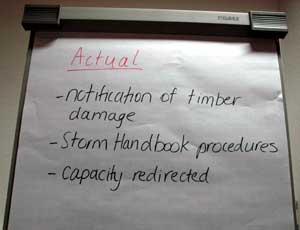
Fig. 2: Planning is half the battle:
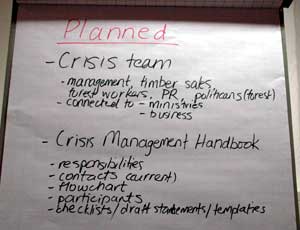
Result of a workshop. Photos: FVA/Kaulfuß
United Front
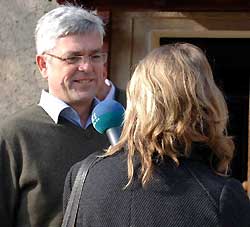
Fig. 3: One voice: either the boss or the press spokesperson. Photo: FVA/Kaulfuß
In the event of a crisis, an organisation needs a united and consistent appearance. If different information is published about the same issue from different departments, this leads to confusion and a lack of credibility. Therefore in a crisis there should be only one spokesperson who issues information and ensures that the internal information flow functions without a hitch.
The “wood” production site isn’t a fenced off factory with a media spokesperson at the factory gates, rather it is spread over many locations and is freely accessible to anyone. In addition there are various organisational structures within the forest administrations and enterprises. Besides the centralised forest office, as either an independent office or a forest department within a district authority, the organisational structures “on the ground” are very diverse. Therefore it’s necessary to agree procedures in a crisis situation with all possible participants before a crisis occurs.
Who communicates?
Communication in a crisis is a matter for the boss. Depending on the type of enterprise or authority, the managing director or regulatory head has the authority to appear before the press. However the media spokesperson takes over this duty, whereby executive managers and senior experts must also be capable of dealing with the media. In certain situations it is necessary for the CEO or a technical expert to appear before the media. In the case of a beetle outbreak, a forest protection expert is more convincing than just the press spokesperson. Hence exact rules are set out about who goes before the media in which situations.
One’s own workers also communicate. Off duty they are contact people and provide advice and information. Hence, employees need to be similarly quickly and comprehensively informed and rules set in place about passing on information to outsiders.
The following basic rules apply to the communication process: The business/authority director assess the situation. Locally based staff work on collecting necessary information. They report to management on what has caused the damage and what progress has already been made.
What is communicated and how?
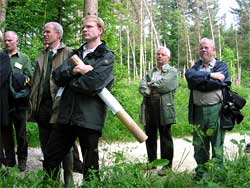
Fig. 4: On site in the forest. Photo: FVA
Speed, honesty and openness count in a crisis situation. That means that information about the cause, damage and consequence of the event has to be made available quickly, comprehensibly and honestly. In doing so one does not have to disclose every tiny detail. But what is said, must be correct!
Do not speculate about who is to blame. For cases which the state prosecutor is investigating, show concern and refer to the ongoing proceedings. Here, one is not allowed to provide any information. In the case of a work accident, you can report on training and that you are going to support the investigation into the accident. Also report about how problems will be solved. This shows that the issue is being worked on. With active, open and transparent communication you strengthen your credibility and the target group’s trust in you.
Particularly in the age of the internet, information spreads rapidly and if you don’t issue a comment then third parties will provide the initial information. Until you are able to issue a factually correct statement, you can tell inquiring journalists that you don’t have all the facts and that you are working flat out on the issue. You have said nothing in terms of content, but you have made it clear that you are dealing with the problem and also communicating with journalists. As soon as reliable statements exist, issue them immediately.
Target groups and means of communication
Besides those directly affected, the wider public and the media belong to those who are addressed, as well as customers, politicians, other officials and above all one’s own workers. Each target group can be reached using various means of communication. The target groups have to be carefully considered and appropriate communication means are strategies developed.
The material contents have to match the target group too. Special technical terms require easy-to-understand explanations or are to be avoided altogether when announcements are directed to the public.
| Tab. 1: Target groups and means of communication. | |
| Target groups | Means of communication |
|
|
After the crisis is before the crisis
Once the crisis has been dealt with, the business or office should evaluate the communication performance. This is the basis to learn from the crisis and to be better equipped for future events. In doing so one should look inwards (at one’s one crisis management) and outwards (public reaction). How did we cope with the crisis? Did we follow our plan? How did the media report about the event? Did they relay our information and statements?
Literature
- Bundesministerium des Inneren (2008): Krisenkommunikation – Leitfaden für Behörden und Unternehmen. 1. Aufl.
- Ditges, F.; Höbel, P.; Hofmann, T. (2008): Krisenkommunikation. PR-Praxis. Band 9.
- Ministerium für Ernährung und Ländlichen Raum Baden-Württemberg (2004): Orkan "Lothar" – Bewältigung der Sturmschäden in den Wäldern Baden-Württembergs. Dokumentation, Analyse, Konsequenzen. Schriftenreihe der Landesforstverwaltung Baden-Württemberg. Band 83.
- Nolting, T.; Thießen, A. (2008): Krisenmanagement in der Mediengesellschaft – Potentiale und Perspektiven der Krisenkommunikation.
- Rieken, M. (2008): Zwölf Faktoren erfolgreicher Medienarbeit in Krisensituationen. In: Nolting, T.; Thießen, A. (2008): Krisenmanagement in der Mediengesellschaft – Potentiale und Perspektiven der Krisenkommunikation.
Forest Crises Management Advisory Guide
Back to the main page of the Forestry Crisis Management Advisor Guide: Overview of the different topic collections
Back to the article overview in the: Crisis Management Topic Collection

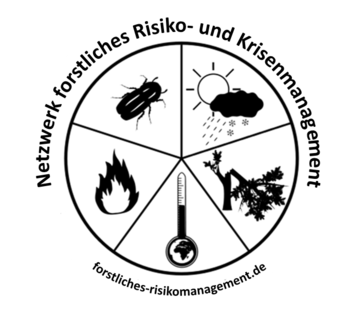
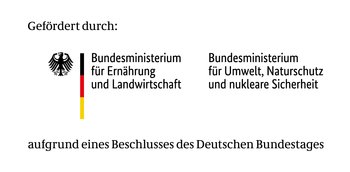
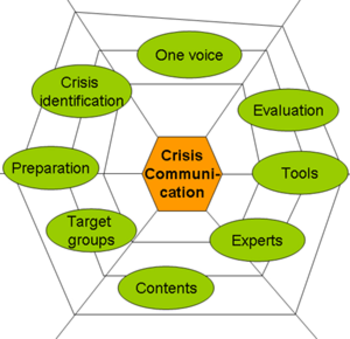
![[Translate to English:] [Translate to English:]](/assets/_processed_/f/a/csm_fva_waldbrand_wb4_3_waldbegang_c0d6a98eea.jpeg)
![[Translate to English:] [Translate to English:]](/assets/_processed_/1/2/csm_fva_personalmanagement_sturmholzaufarbeitung_7_abb1_35a4c43112.jpeg)
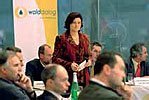
![[Translate to English:] [Translate to English:]](/assets/lernen/oeffentlichkeit/fva_krisenkommunikation_kk1/fva_krisenkommunikation_kk1_sturmwurf.jpeg)